The Details
- The Last Natural
- By Rob Miech, $27
Monday night in Washington, D.C., with men chugging beer, popping champagne bottles and partying all around him, Las Vegas native Bryce Harper sat in the corner of the Washington Nationals’ clubhouse and drank apple cider with the 9-year-old son of a teammate. That was his version of the celebration that spread through the city after Washington clinched its first division title since moving from Montreal in 2005, and he loved every minute of it.
“This is unbelievable. I want to go to Disneyland,” Harper told the Washington Post, the time-honored slogan athletes shout into a camera after winning their sport’s ultimate prize.
The Nationals aren’t there yet, but with a lot of credit to Harper, a 19-year-old rookie who started the year in the minors, they have a chance. He swings harder than almost anyone in the league, rifles in throws from the outfield and is nearing the most home runs by a teenager in baseball history. His contributions to the team’s success have helped unite the parties in this country’s most political town.
It’s an incredible story, the origins of which were chronicled in the book The Last Natural: Bryce Harper’s Big Gamble in Sin City and the Greatest Amateur Season Ever by former Las Vegas Sun reporter Rob Miech, published in May. Miech followed Harper during his one season at the College of Southern Nevada in Henderson. “Every day you’ve got to watch him,” Miech says. “You don’t know what he’s going to do next, which was the case at CSN, too.”
Miech was imbedded with the CSN players and coaches, including current UNLV coach Tim Chambers. The then-CSN head coach had known the Harpers since Bryce was a kid, but nothing could prepare any of them for the challenges and scrutiny of their unique situation.
Harper appeared on the cover of Sports Illustrated at 16, detailed his plan to forgo his junior year at Las Vegas High and jump straight to junior college in the accompanying article. That would create more of a challenge—CSN plays in one of the few conferences that uses wood bats instead of aluminum—and would make him eligible for the MLB draft much sooner.
It worked. Harper broke nearly every offensive record at CSN and was drafted No. 1 overall by the Nationals in 2010. After one full season in the minor leagues, Harper was called up in April. This year he’s a favorite for the NL Rookie of the Year Award after hitting .270 with 22 home runs, 59 RBI and 17 stolen bases. The teenage home run record is 24, and that would be nice to break, but Harper is most proud of his 97 runs scored.
“It just keeps getting more unlikely and more unheard of, but what he’s doing is just so natural. It’s part of the game for him,” Miech says. “All he’s doing is what he’s always doing, and that’s playing up [in competition].”
The paperback version of Miech’s book is scheduled to come out next year during spring training, retitled Phenom: The Making of Bryce Harper. It will include updates on all of the CSN players, but it’s the title character who can still have a best-selling finish to his rookie season. The Nationals’ first playoff series begins October 7. Don’t expect Harper to exit this stage without a spectacular finish.
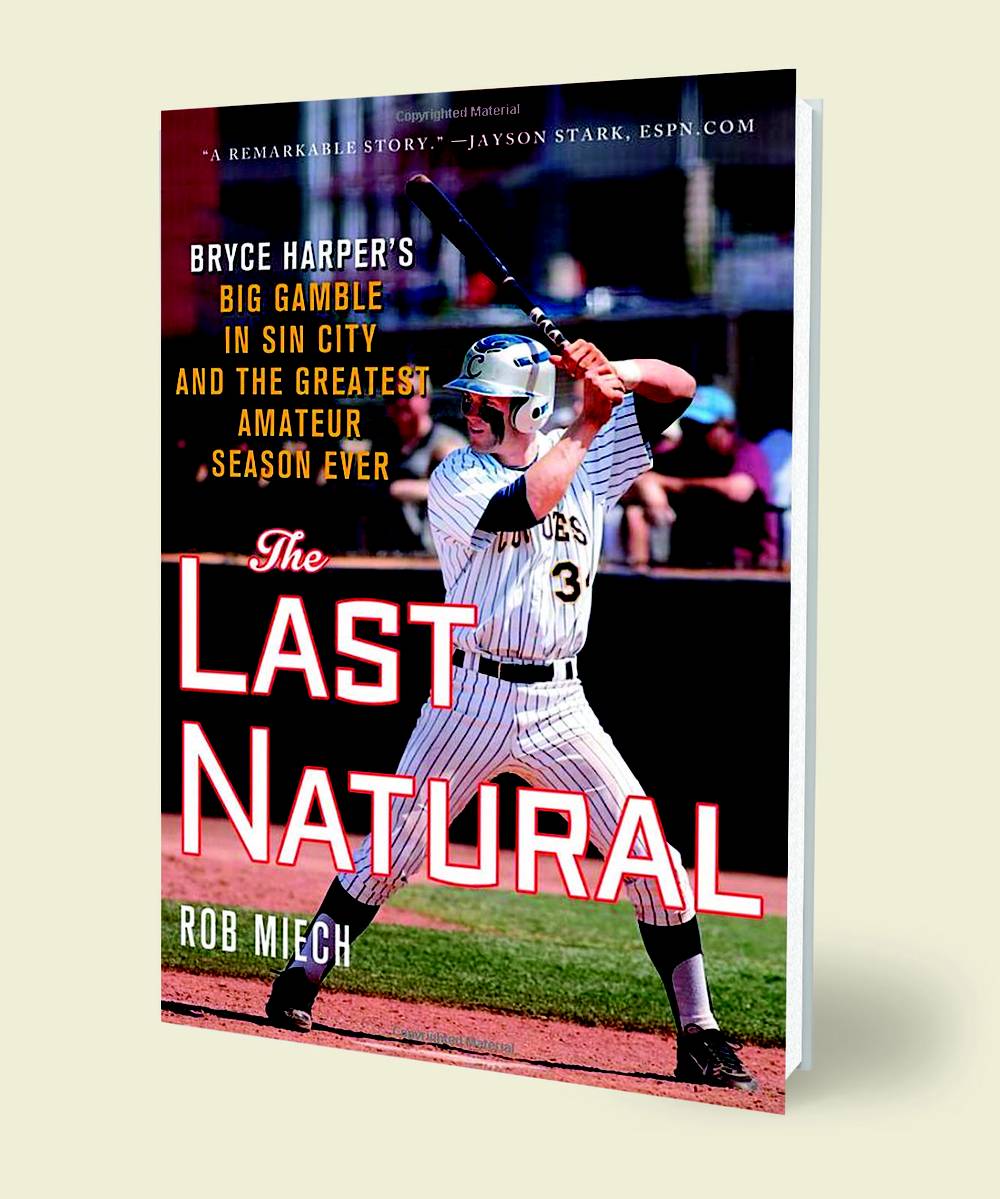

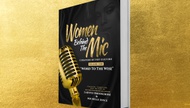
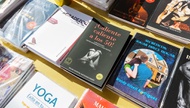
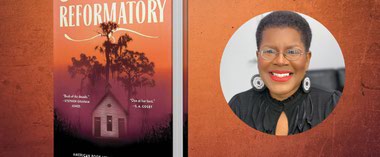
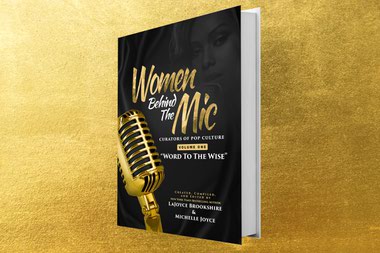
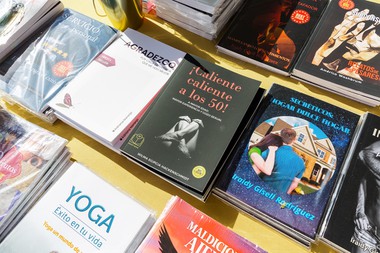
Previous Discussion: